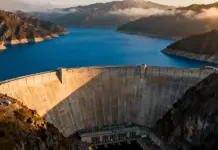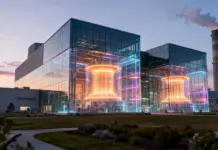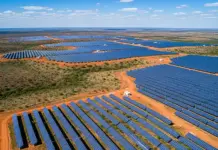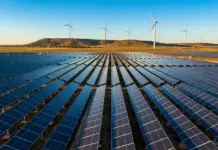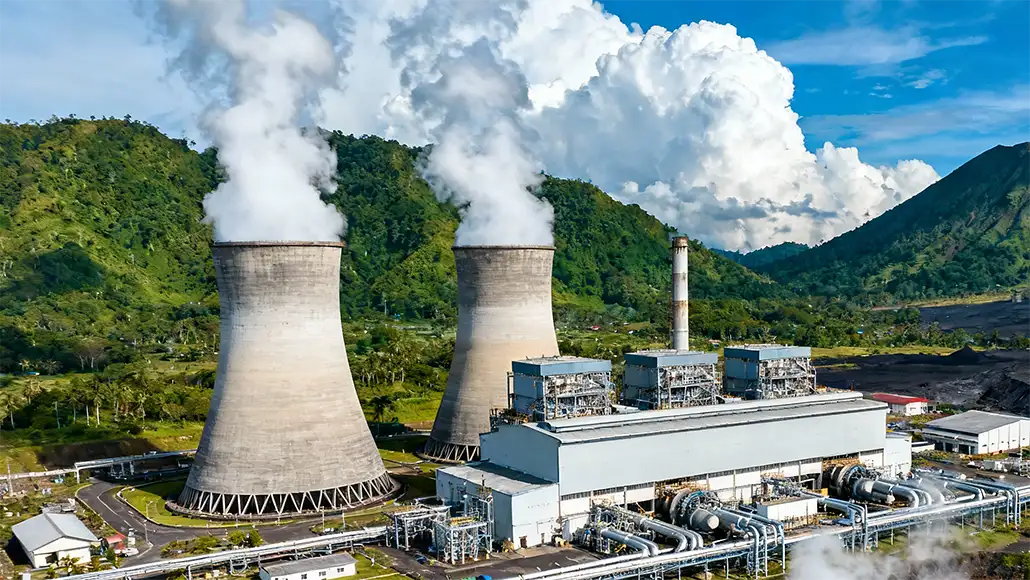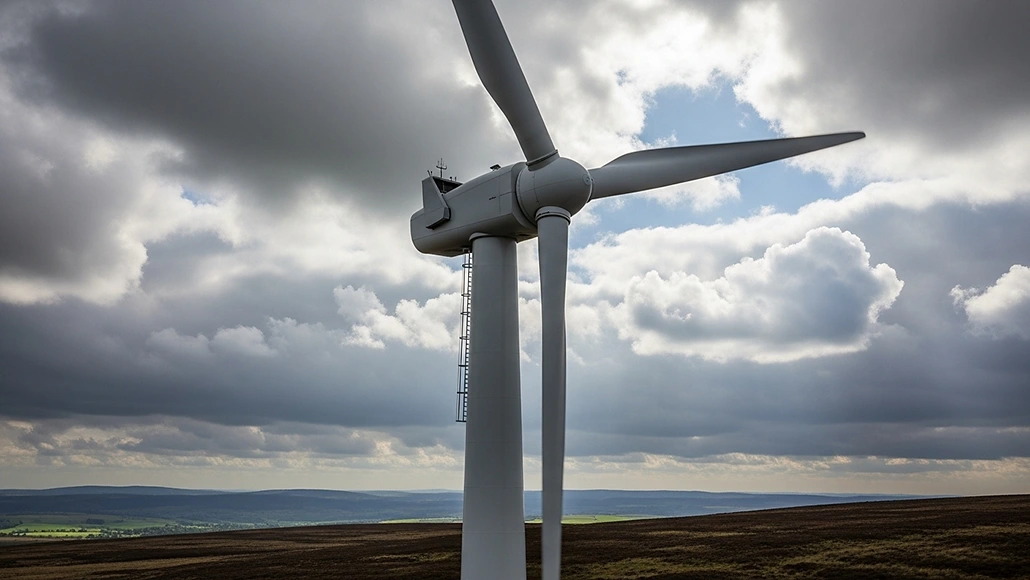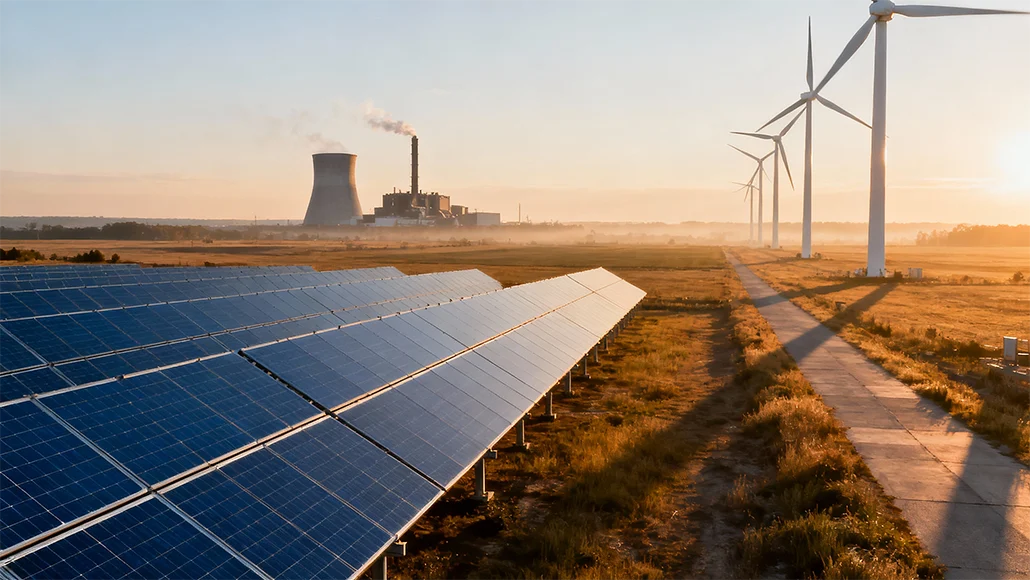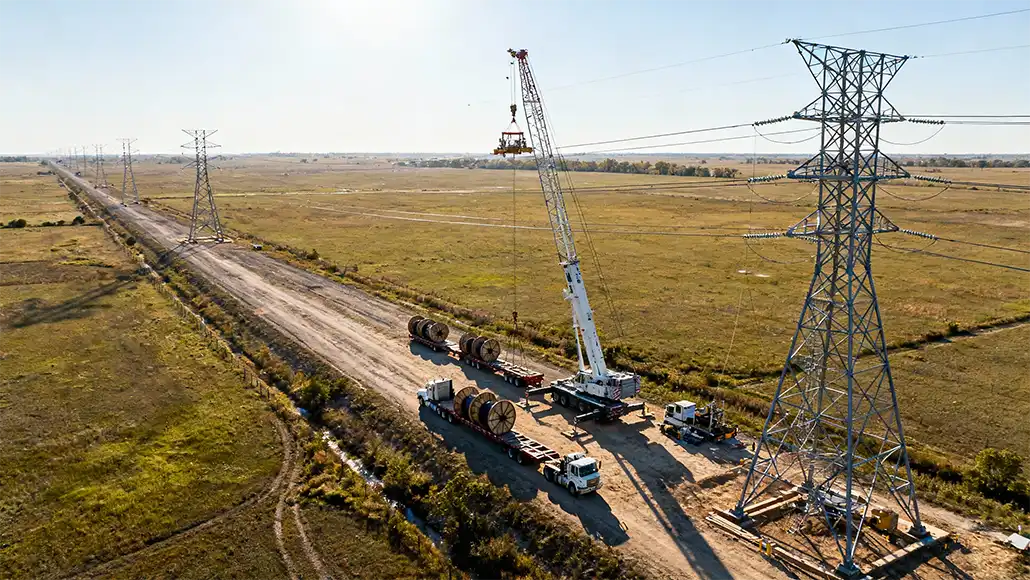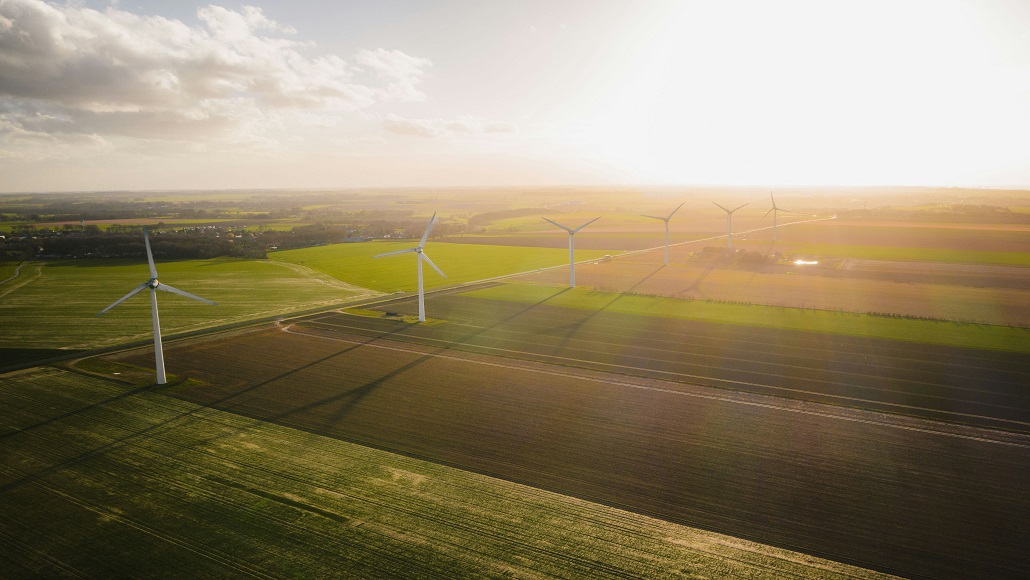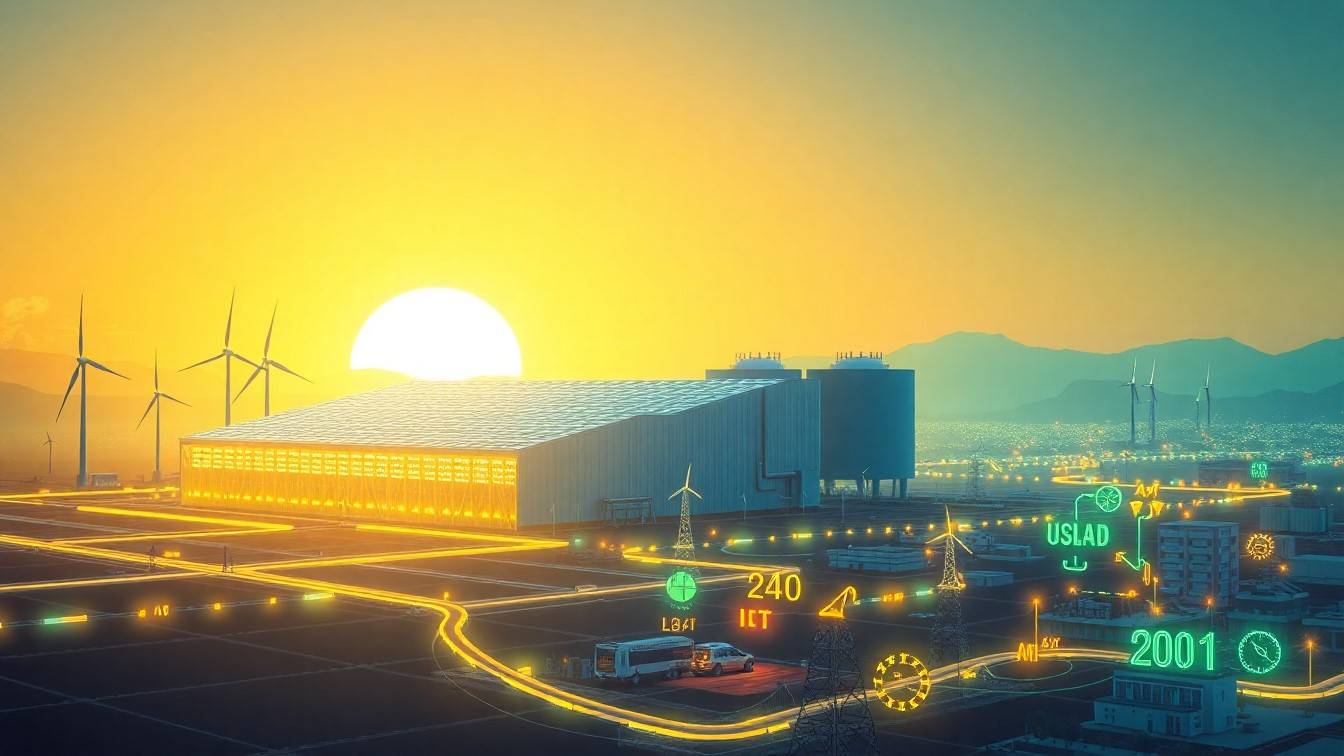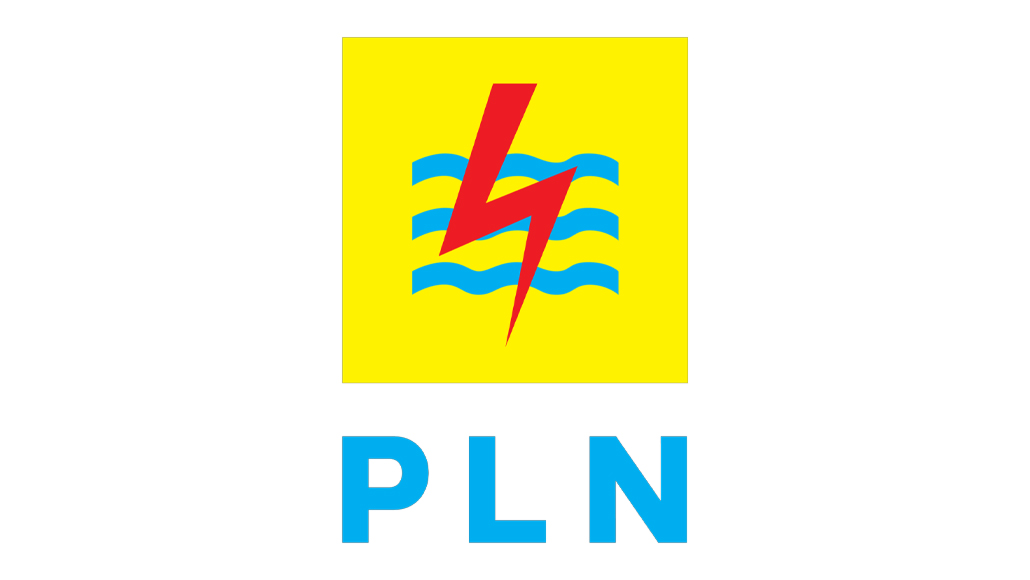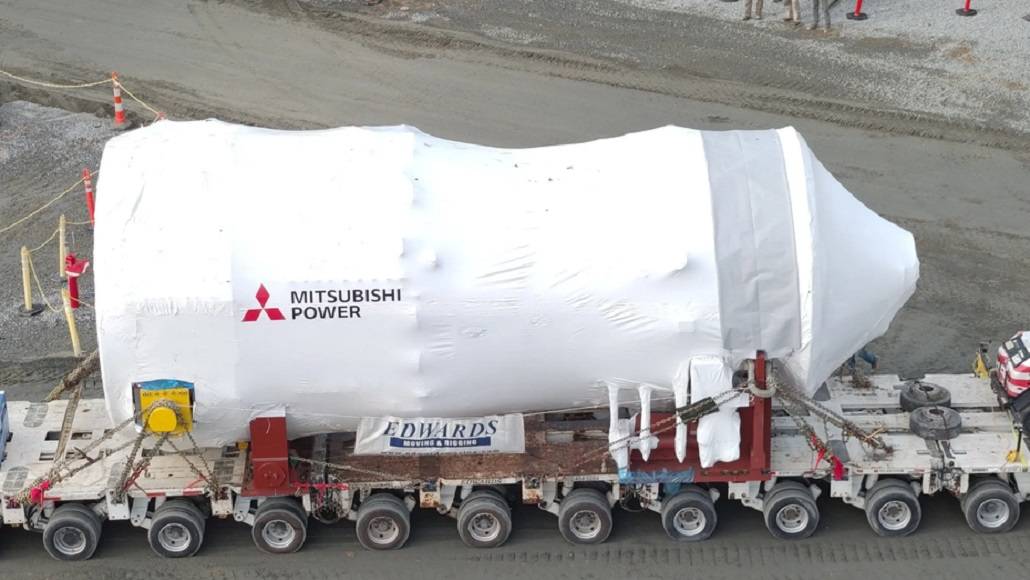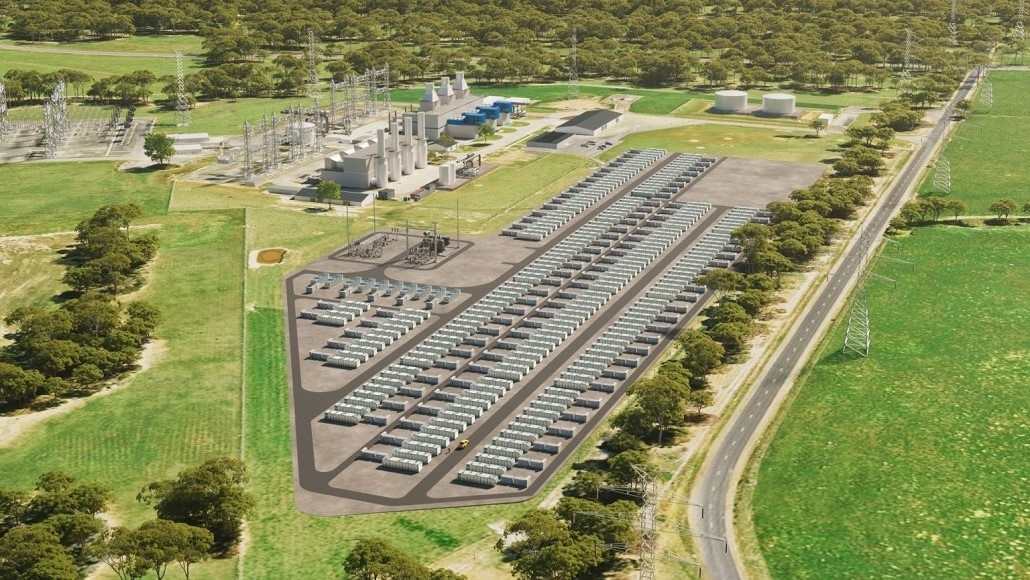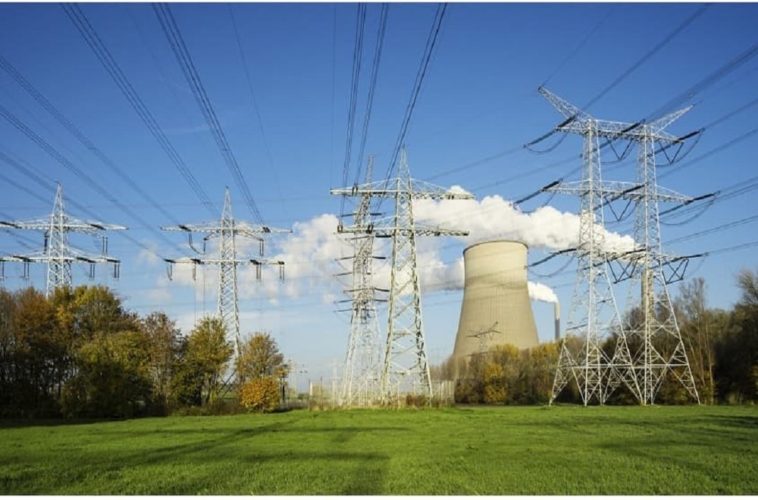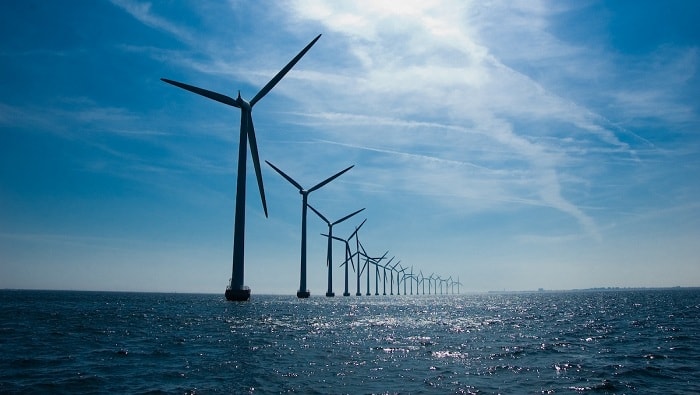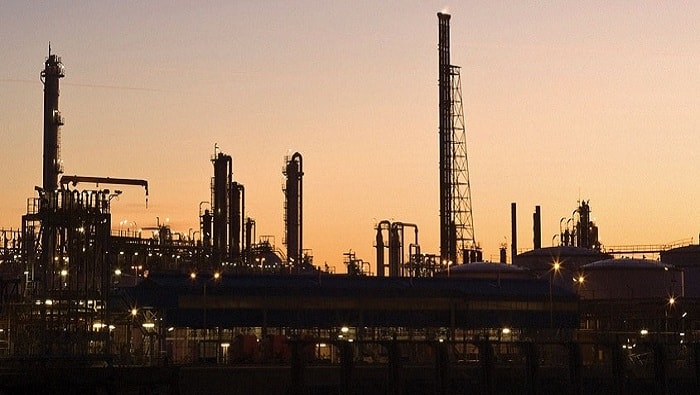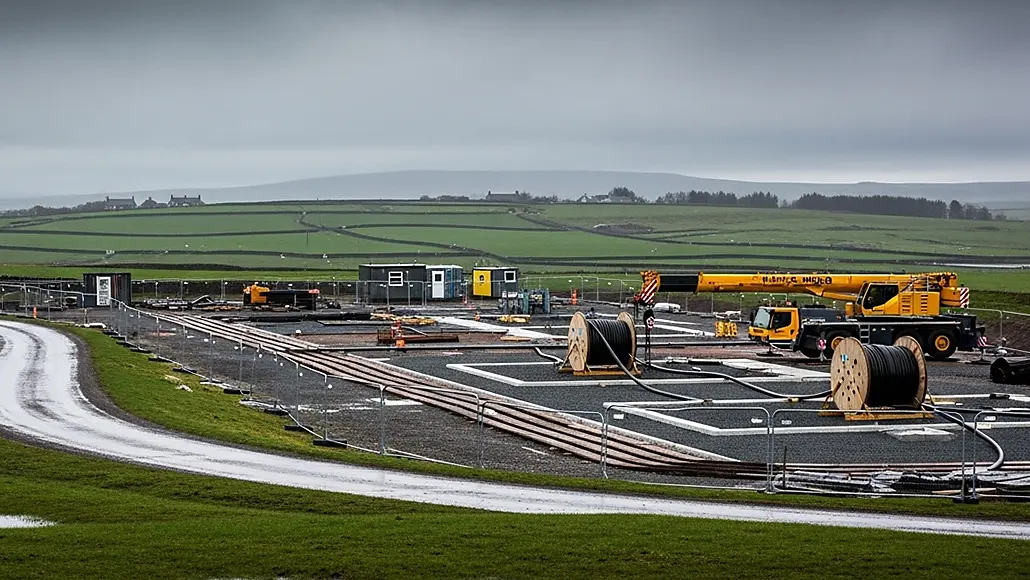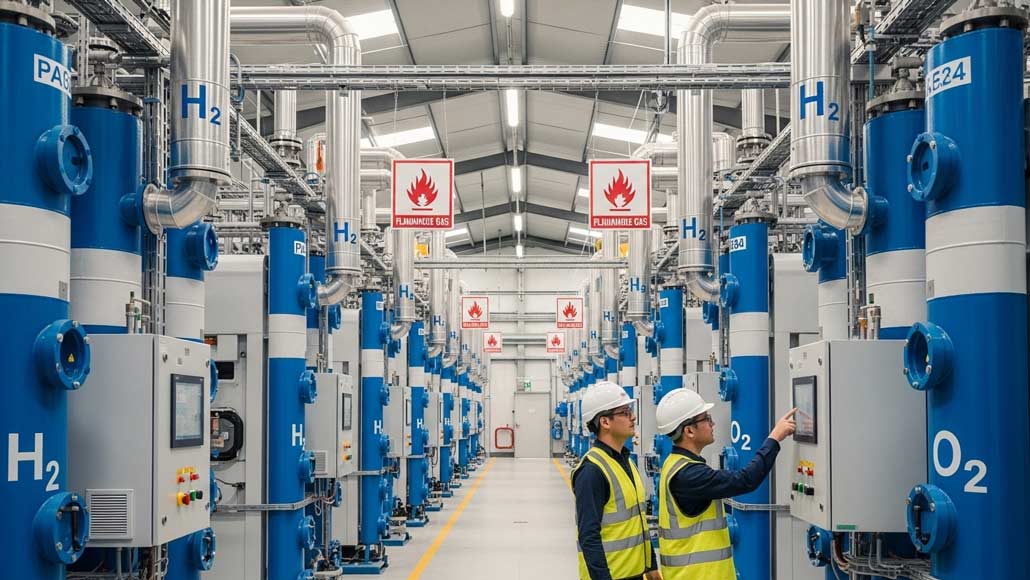In recent years, Europe has gone on to embark on an ambitious journey so as to diversify its energy sources, thereby aiming to decrease its dependence on imported fossil fuels and also meet its climate objectives. Central to this ambition is the rapid development of hydrogen power generation in Europe, not just as a pathway to decarbonize industry and transport but also, at the same time, as a vital element in throttling the energy security of the continent. As the geopolitical tensions as well as supply chain susceptibility still go on, hydrogen is emerging as both an enabler of resilient energy and a strategic asset for Europe.
The strategic importance of hydrogen when it comes to the energy future of Europe
The energy transition of Europe happens to depend on a multifaceted approach, which decreases the carbon emissions, elevates the energy dependence, and also builds a sustainable economy. Hydrogen, especially green hydrogen, which is produced by way of renewable energy, stands at the junction of these priorities. Its versatility enables it to serve various roles, thereby replacing natural gas and power plants, fueling heavy industries, providing seasonal energy storage, and also powering transport sectors.
It is well to be noted that the European Union has gone on to outline plans in order to produce massive quantities of green hydrogen domestically, which includes imports of sustainable hydrogen from the partner nations. This kind of strategy looks forward to not only meeting the climate objectives but at the same time also establishing a resilient as well as diversified energy portfolio, thereby reducing the vulnerability of the continent to certain external shocks as well as supply disruptions.
The technological foundations – Supporting the hydrogen power generation in Europe
The development of hydrogen as one of the credible power sources happens to be represented by advancements within key technologies, notably fuel cell systems, electrolysis, and carbon capture. Among electrolysis methods, proton exchange membrane (PEM), as well as alkaline electrolyzers, dominates the present deployments, with the PEM systems especially suited for power generation applications that demand fast response as well as high efficiency.
Electrolysis enables excess renewable energy like wind as well as solar to get converted into hydrogen without any kind of carbon emissions, therefore effectively storing the energy, which can be converted into electricity or used directly within the industry. The ability of PEM electrolyzers in order to ramp quickly makes them ideal for balancing the fluctuations within the grid, especially as the penetration of renewable sources increases.
Fuel technology, especially proton exchange membrane fuel cells (PEMFC), helps the conversion of hydrogen back into electricity with high efficiency along with low emissions, thereby supporting both grid stabilization functions as well as power generation. The integration of these systems along with advanced sensors as well as digital management platforms and control algorithms makes sure of optimal operation, dependability, and safety.
The critical role of infrastructure and market development
A crucial factor that influences the hydrogen in Europe’s energy landscape is infrastructure. This has in it electrolysis facilities, hydrogen storage hubs, refilling stations, and also transport pipelines. It is well to be noted that Europe is investing quite heavily in establishing a comprehensive hydrogen network, which is aimed at linking the renewable energy sources to the end-use sectors and also creating a self-sustaining spectrum. Pipeline infrastructure Extending beyond borders and also supporting regional hydrogen hubs is necessary for decreasing transportation expenditures and facilitating international trade. Besides this, expanding public refueling stations along with industrial hubs helps the widespread adoption of hydrogen throughout power sectors. Market development is also critical. Incentives, a clear regulatory framework, and subsidies incentivize private sector investment into hydrogen projects. Collaborative initiatives such as the European hydrogen backbone, as well as cross-border energy trade agreements, are going to foster a very resilient supply chain by ensuring availability of hydrogen in the peak demands or supply disruptions.
The contribution of hydrogen power to grid stability as well as energy security
As Europe goes on to increase its share of renewables, grid stability happens to become a very pressing issue because of the intermittent nature of wind as well as solar resources. Hydrogen power generation teamed with advanced control systems goes on to offer innovative solutions when it comes to balancing supply as well as demand.
By way of power-to-gas systems, excess renewable energy gets converted into hydrogen and stored and then converted into electricity during periods of very high demand or low renewable output. This kind of process not only supplements the grid during the peak times, but it also decouples the renewable generation from immediate consumption, hence reducing the curtailment.
The fast response PEM electrolyzers as well as fuel cells are specifically suited for frequency regulation, load balancing, and also contingency reserves because of their capacity to start as well as stop quickly. Besides this, hydrogen offers seasonal storage capacities, thereby bridging the gap between seasonal variations within the renewable generation along with the energy requirements.
Through enabling large-scale and flexible storage, hydrogen enables the stabilization of the grid, enhances the resilience against supply shocks, and also elevates the energy independence so as to strengthen the energy security of Europe.
Economic as well as policy drivers that support hydrogen deployment
The economic spectrum for hydrogen power is fast evolving. Falling costs when it comes to electrolysis, renewable energy, and fuel components are making hydrogen-based solutions more competitive. In addition to policies emphasizing decarbonization, energy independence, as well as industrial innovation, Europe is also creating a favorable environment when it comes to hydrogen rollout. European nations have committed themselves to significant funding when it comes to hydrogen projects, which includes incentives for green hydrogen production along with infrastructure development. The hydrogen initiative of the EU makes sure that hydrogen happens to play a very critical role when it comes to the energy transition within the region. Moreover, international cooperation along with countries that are capable of exporting green hydrogen happens to complement the domestic efforts of Europe. This goes on to create a strategic import pathway, which diversifies the supply sources and at the same time decreases the dependence on fossil fuel imports.
What are the challenges and the path forward?
In spite of the significant progress that has been made, there are numerous challenges that threaten to slow down the hydrogen ambitions of Europe. The high initial capital investment still remains a kind of barrier for many utilities as well as industries. Developing comprehensive as well as integrated infrastructure needs coordination between governments and supply chain stakeholders as well as industries. Technological maturity is also a further consideration; while the PEM electrolyzers as well as fuel cells show promise, their durability, specifically under variable loads, and long-term operational costs need more improvement. Besides this, establishing standardized safety and quality as well as performance benchmarks throughout the member states is necessary in order to ensure interoperability as well as consumer confidence.
It is well to be noted that supply chain resilience also depends on expanding the domestic manufacturing capacities for electrolyzer components, as well as material sourcing, in order to prevent bottlenecks. Public acceptance, workforce skills, and safety awareness must also keep pace along with the technological as well as infrastructure developments. Overcoming these kinds of challenges happens to involve consistent innovation, international partnerships, and policy consistency. Promoting research and development within the advanced electrolyzer technology, coming up with financial incentives, and also establishing standards that are shared are going to be critical to realizing the full potential of hydrogen in Europe.
The Future Outlook
Projected technological advancements, which are combined with elevated policy frameworks, are going to position hydrogen as an integral component of the energy matrix in Europe by the early 2030s. The development of large-scale green hydrogen hubs, smart energy management systems, and transnational pipelines is going to create a flexible as well as resilient energy environment. Moreover, digitalization along with innovations such as AI-powered grid management and real-time tracking is going to optimize the hydrogen infrastructure operations, thereby decreasing the expenditure and also elevating the safety. Market integration, helping hydrogen to serve sectors from heavy industries to transportation, is going to reinforce the energy independence and also support climate commitments. As the continent moves towards a circular, low-carbon economy, hydrogen is indeed going to play a very strategic role in making sure of a secure, stable, and sustainable energy future.
In the end
It is well to be noted that hydrogen power generation goes on to represent a transformative opportunity for the energy security of Europe and its climate objectives. Its capacity to balance the grid, integrate the renewables, and also decrease dependence on imported fossil fuels goes on to position hydrogen as a necessary pillar of the shift towards a sustainable energy future. Attaining this vision needs sustained investment and collaborative efforts. When it comes to policy, technological innovation and also strong safety as well as regulatory frameworks. By way of strategic development of hydrogen infrastructure, along with continuous technological elevations, Europe can indeed secure a low-carbon and resilient energy system.


